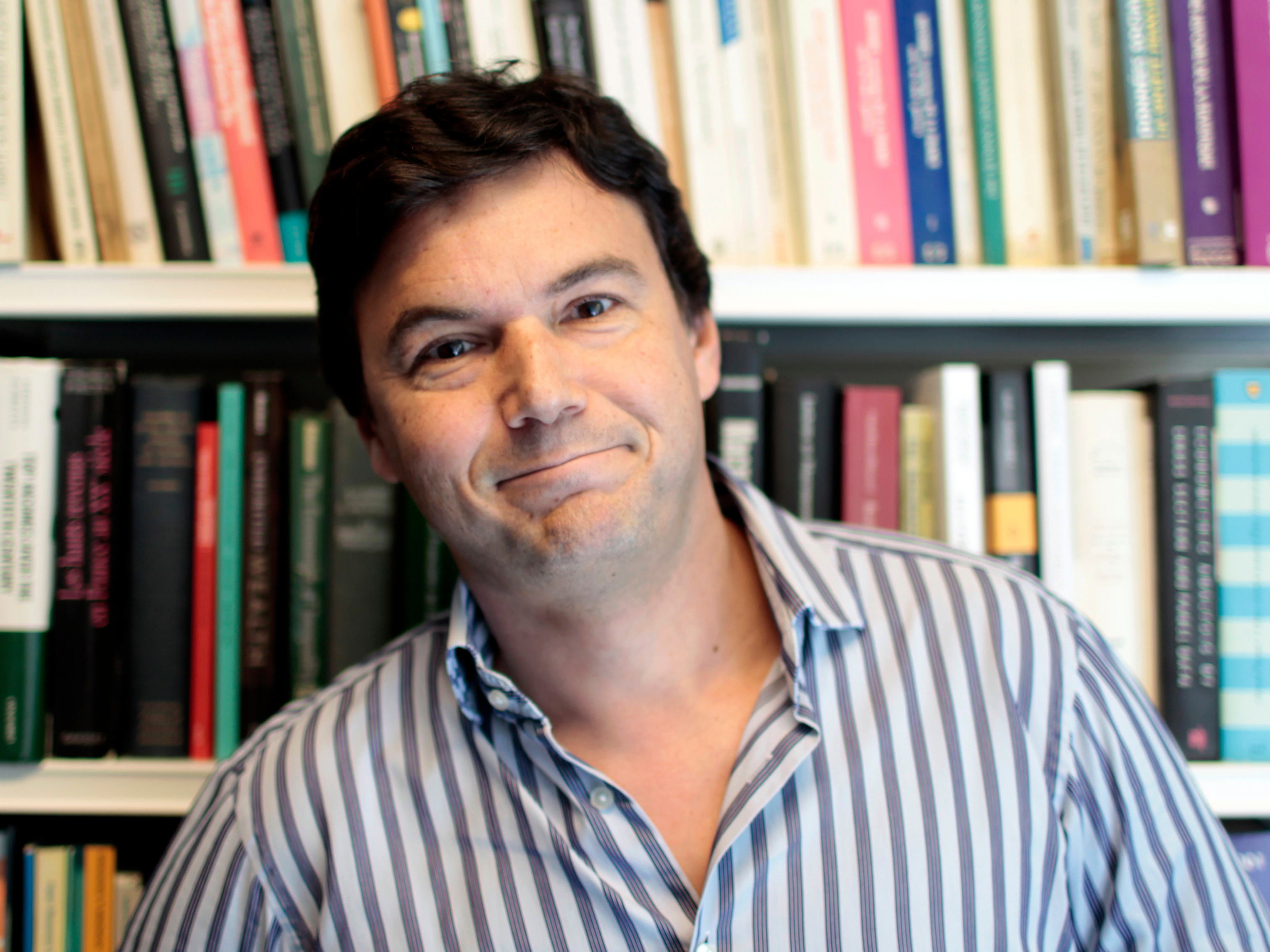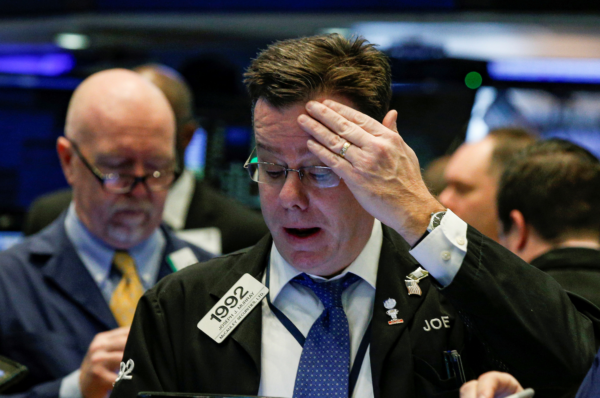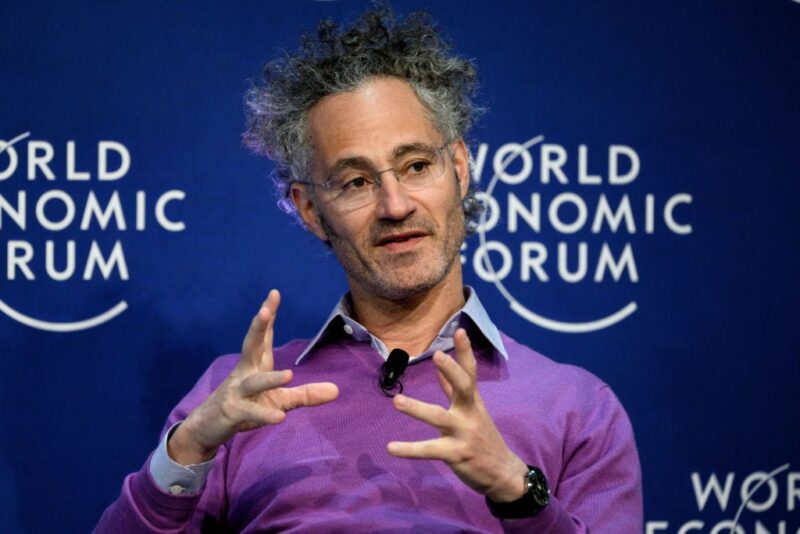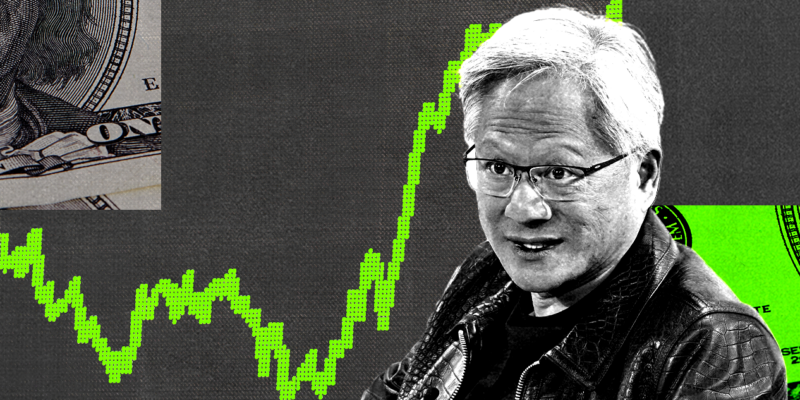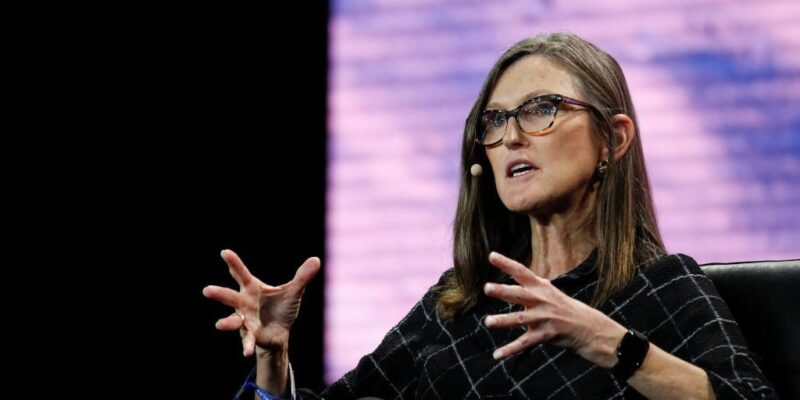- French economist Thomas Piketty, best known for “Capital in the 21st Century,” has been speaking for the past year about findings from the 2018 World Inequality Report, which he coauthored.
- He said that the “most striking” finding regarding America from the report is that, since 1980, “the rise of the top 1% mirrors the fall of the bottom 50%.”
- This article is part of Business Insider’s ongoing series on Better Capitalism.
French economist Thomas Piketty is one of the world’s leading researchers of global income and wealth inequality, and became well-known in the United States when the English translation of his book “Capital in the 21st Century” became a surprise bestseller. His work has since informed nearly all subsequent studies on the subject.
For the past year, Piketty has been speaking about the 2018 World Inequality Report, published by the Paris School of Economics’ World Inequality Lab last December. Piketty coauthored the report alongside Facundo Alvaredo, Lucas Chancel, Emmanuel Saez, and Gabriel Zucman.
In his talks in the US, Piketty has paid special attention to the following chart, which shows what he and his coauthors called “perhaps the most striking development in the United States economy over the last four decades.”
In the US, while the income share of the richest 10% has continuously risen since the 1980's, the share owned by the bottom 50% of the population dropped #wir2018 #PolicyMatters #inequality pic.twitter.com/Af9sV3UE7I
— WID.world (@wid_inequality) December 14, 2017
The authors write that "the incomes of the top 1% collectively made up 11% of national income in 1980, but now constitute above 20% of national income, while the 20% of US national income that was attributable to the bottom 50% in 1980 has fallen to just 12% today."
Further, "while average pre-tax income for the bottom 50% has stagnated at around $16,000 since 1980, the top 1% has experienced 300% growth in their incomes to approximately $1,340,000 in 2014. This has increased the average earnings differential between the top 1% and the bottom 50% from 27 times in 1980 to 81 times today."
And while inequality has risen simultaneously in Europe, this particular rise of the top 1% paralleling the fall of the bottom 50% is unique to the US. For the past 40 years, when the economy has grown in the US, an increasingly smaller percentage of Americans capture that growth.

